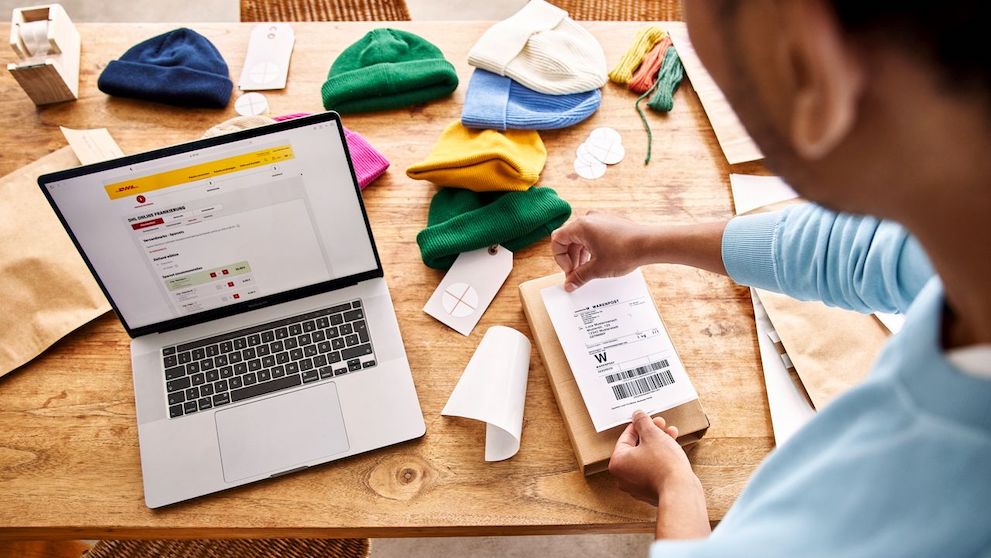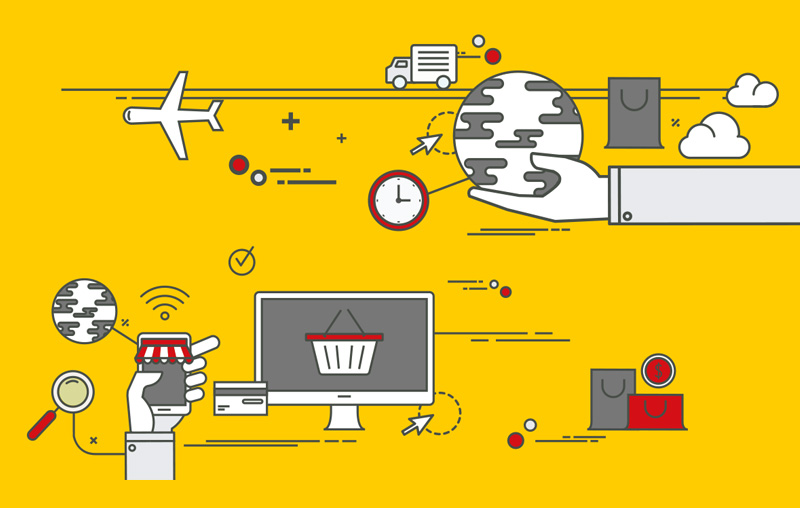Customer Relationship Management, also known as CRM, is a system which allows businesses to store, manage and use their customers’ data to provide customised support or identify more sales opportunities. If you are looking to grow a robust e-commerce customer retention strategy, incorporating CRM tools into your business can be very helpful.
A study from Harvard Business Review stated that acquiring a new customer can be 5 to 25 times more costly than simply retaining a current one. This is especially true for e-commerce companies, where digital ad spend is at its record high and is expected to increase further in 2022.
Managing and maintaining strong customer relationships well can help businesses grow and should be one of the key strategies in every business. One such way to measure customer relationships is to use a Customer Relationship Management (CRM) tool.
For e-commerce, CRM focuses primarily on sales and online customer activities. These tools can assist companies in analysing their website’s metrics, such as conversion rates, click-through rates, email subscriptions, and popular products among customers.
In understanding customers’ online behaviours, e-commerce businesses can boost customer loyalty, drive sales, and leverage customer information. Read on to learn about different e-commerce customer retention strategies and CRM tools.
An overview of the e-commerce scene in Australia
Australia's e-commerce market has been expanding rapidly for the past few years. In fact, Australia is the 11th largest e-commerce market in the world with its revenue expected to reach US$32.3 billion by 2023, according to the International Trade Administration. A number of factors have contributed to this strong growth, including an increase in internet penetration as reported by GlobalData and the growing popularity of mobile commerce.
In addition, Australia has a large number of small businesses that have been quick to embrace e-commerce as a way to reach a wider customer base. According to DHL Express’ Export Barometer report, 86% of small businesses were likely to depend on e-commerce. In 2021, 40% of successful Australian firms were looking to invest in online marketing, and 34% wanted to improve their website design.
Ways to improve customer retention in e-commerce
Before diving deeper into the different ways to improve customer loyalty, it will be helpful to understand what customer retention in e-commerce is. Customer retention is an action a business uses to increase the number of repeat customers and the purchase per customer. A study from Hubspot indicates that 5% increase in customer retention can boost your profit by 25%.
E-commerce retention strategies typically involve providing more value to the existing customers and keeping them satisfied. A satisfied customer has a higher chance of returning to make another purchase. Here are some ways to do so.
1. Implement a reward system
The e-commerce reward points system is an old strategy that still proves successful today. It incentivises customers when they return to purchase in the form of virtual points. These points are exchangeable for discounts, cash back, and exclusive deals.
2. Deliver great customer service
Investing in great customer service can help to boost your revenue. Customer service insights have proven that excellent customer service can increase sales, customer retention, and satisfaction. Happy customers are also more than willing to spread positive word-of-mouth to their families and peers, thus further increasing your profit. Even though e-commerce businesses do not usually interact with customers in person, there will be times when customers contact the customer service hotline for support.
3. Gather feedback
Surveying your customers allows you to gain insights on how well your service is performing or what they think about your product. Such feedback helps you to figure out the areas you can further improve on. For example, adding a small survey form at the end of the checkout lets you in on the customer shopping experience. You can then enhance your customers’ experience by making relevant changes.
4. Provide reliable shipping
Another vital tip to include in your e-commerce retention strategy is to provide on-time delivery. With many competitors in the e-commerce sector, customers care about more than just your products and services. According to Digital Commerce 360, 61% of shoppers expect their orders to be delivered within three hours of purchase, and 80% want same-day delivery. Furthermore, 17% of shoppers also stated that they will abandon the cart if shipping were delayed. In short, your customers can get annoyed if their orders are late or they experience slow deliveries.
Partnering with a reliable delivery network can improve customer loyalty in e-commerce. By engaging a reliable delivery service like the one provided by DHL Express, you ensure that your orders are picked up and delivered on time to your customers.















































